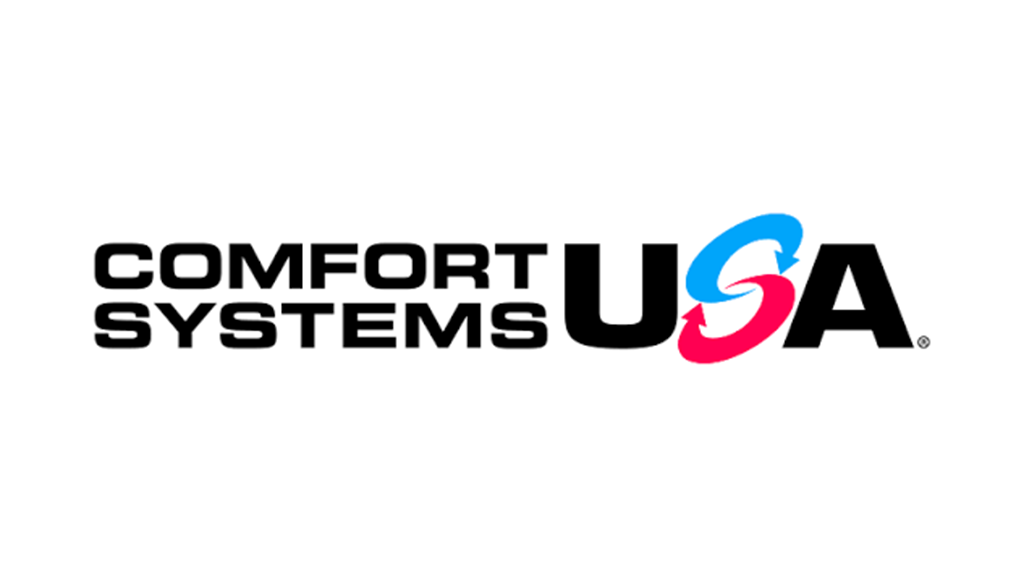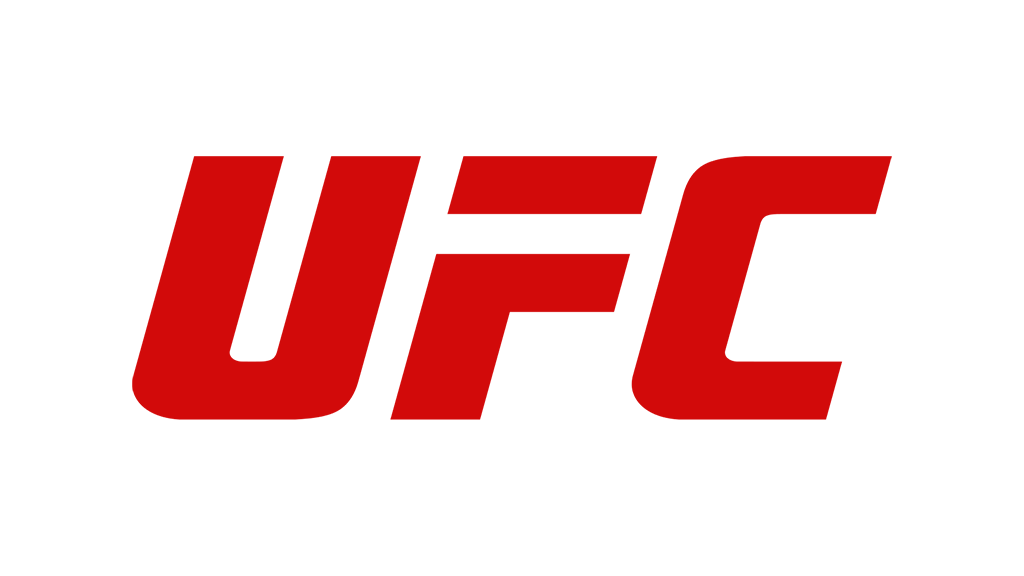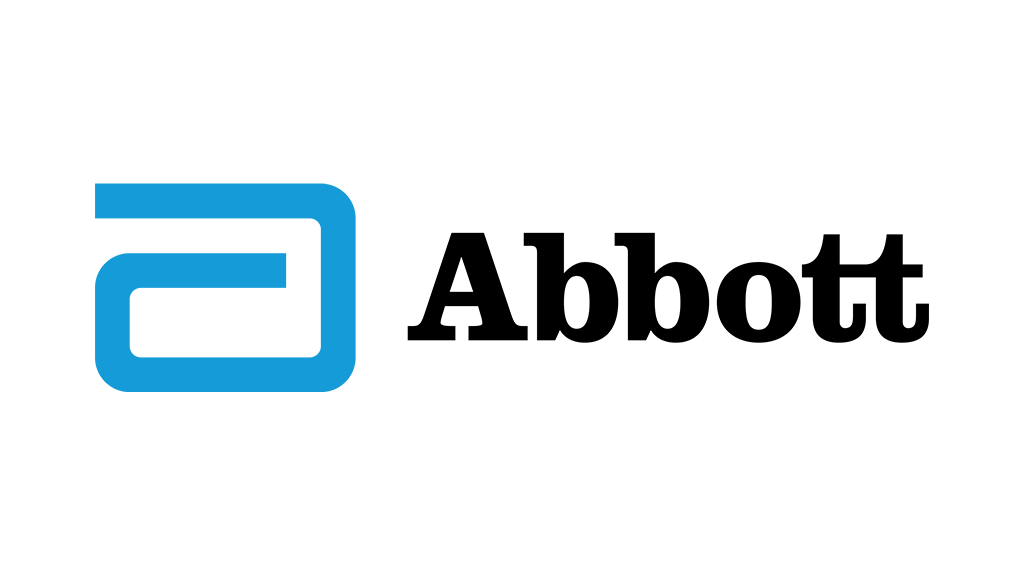Lex Sisney
Leadership Coach

Lex Sisney
Organizational Physics founder and head coach Lex Sisney is a business scaling expert and a wizard at organizational structure and design. He works with CEOs and leadership teams of expansion-stage companies who are committed to growing their business without compromising their values.
When the Strategy Changes, Change the Structure
In my work as a CEO coach, I get to collaborate with many brilliant and values-driven leaders around the world. There is one story that I hear repeatedly, despite very different business models and cultures. It sounds something like this, “Our core business is doing pretty well, but executing on our new strategy has been harder than expected. I think we may have a structural issue, but I’m not 100% certain about what the issues are.”
The intuition of these CEOs is correct. Their existing structures must evolve to support the new strategy. However, it’s not always easy to understand what needs to change in their current structure and why. For example, imagine that you are a CEO of a company with three distinct business units. Each unit has operated mostly independently and developed its own vertical expertise. But now, due to changing market conditions, the new business strategy calls for a unified customer experience across all units. If you were the CEO of this company, how would you bring these units more closely together? A common approach would be to try to “layer up” by placing a chief revenue officer, or perhaps a chief operating officer, to act as a span-breaker over all three units.
On the surface, this approach makes sense. After all, without a strong individual leader overseeing these disparate units, it is unlikely that they will ever come together.
However, in over a decade of helping CEOs design and implement more scalable structures, I have found that simply adding a management layer doesn’t work. Layering up creates the veneer of a structural change, but the underlying inertia of the old structure remains intact. This prevents actual change from occurring.
The key to getting the organization to execute on the new strategy is to redesign the entire structure with fresh eyes. Before you decide to add a management layer, you must look holistically at the entire business. First, you need to identify the bottlenecks and cross-functional dependencies that make it hard for the organization to execute on this new strategy. Then you design solutions to address them. Unless the entire organization is re-aligned to support the new strategy, the appointed span-breaker will likely fail.
In my book Designed to Scale: How to Structure Your Company for Exponential Growth (2022), I share multiple case studies that illustrate how and why the structure must evolve to support the new strategy. One case study jumps to mind. The company is Sounds True, a mission-driven multi-media publisher of spiritual wisdom.
As an audio and book publisher, Sounds True has had a long history of successes. When I began to work with them, their strategy was to launch and grow a new e-learning unit to complement their core business. However, their existing structure was not designed to support a multi-pronged strategy, which made it difficult for this new unit to gain traction. After the company designed and implemented a new structure, the new unit quickly grew to become the company’s leading growth engine—just as the strategy called for.
As founder and former CEO Tami Simon put it, “When you develop a new strategy (in our case, starting to grow a digital course division), you can’t just shove the work into the old organizational structure. The structure needs to change when the strategy changes.” I couldn’t have said it better.
In summary, if you have a change in strategy, don’t just make surface level changes to the structure by adding management layers on top. Look deeper. Start from a blank slate and redesign the entire structure first. This will reveal where real changes in the structure need to be made. With regular reexamination, your strategy and structure will co-evolve, creating an organization truly fit for growth.















































